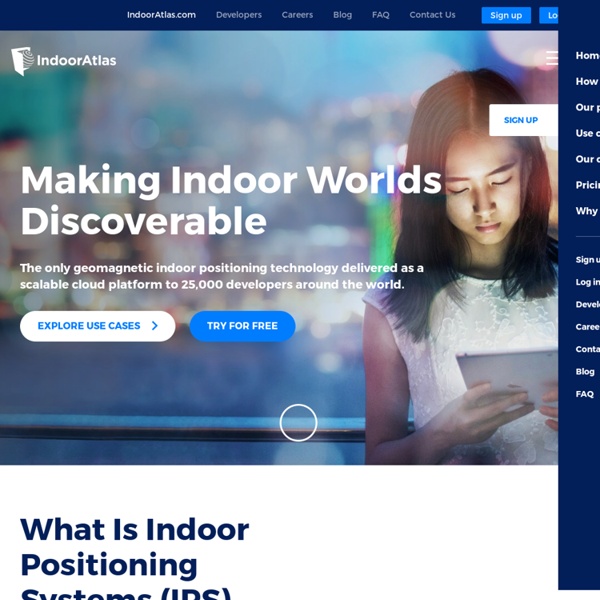



db4o: Simple POJO Persistence We Recommend These Resources Ranging from mobile to web applications, and from plain old Java to Scala or Groovy dialects, a modern Java developer always needs an ace in the hole when it comes to dealing with data persistence. Ideally, you're looking for a solution that gives you enough power to handle your domain complexity while being simple enough to boost your productivity by avoiding painful configurations or steep learning curves. On one side of this scenario you have relational databases with ORM tools which force you to go through several steps like the creation of an object mapping file, a database configuration file, a helper class to initialize a session factory and class association mappings (i.e. precious time spent on downloading, installing, configuring, and then writing a lot of XML). So, what if you could have the power of an ACID database with the simplicity of use of object serialization? Using db4o in the Griffon framework 1.class Person { 2. int id 3. 4. 02. def model 1.
LIMITED EDITION WEWOOD JUPITER BEIGE | WeWOOD • 100% Natural Wood • Hypo-allergenic • Completely free of toxic chemicals • FEATURES TWO Miyota movements • Adjustable to fit most any wrist Dimensions: Band: 8 1/4” (220 mm) FACE (including wood frame / bezel): 1 5/8" (41 mm) X 2" (51 mm) across, and 1/2" (12.75 mm) thick Maple (BEIGE) The wood of this tree is often used in smoke houses and in culinary arts. *Due to the season and age of the wood chosen for your unique WeWood Timepiece, colors may be darker or lighter (within reason and hue) than the photo. WeWOOD has completely redesigned its packaging, incorporating mostly recycled materials, so that each box is not only 100% recyclable but also as eco-stylish as its content.
Qubulus Fig 1. Cloud Positioning API on a mobile device Cloud Positioning API Qubulus’ Cloud Positioning API for Android is the first in its category to make a useable, Indoor Positioning API available to individual and enterprise developers alike. If you’re building apps that could benefit from indoor positioning, then Qubulus’ Cloud Positioning API should be your provider of choice. Once fingerprint data is collected with the Recording Tool and the Fingerprint File has been generated, the QPS Positioning Engine can start positioning your device. Contact us for API Usage Fig 2. Since we currently have Qubulus Cloud Positioning Servers all over the world, including Brazil, Ireland, Japan, and the United States, you are guaranteed that latency will never be an issue in serving you instantaneous, on demand positioning. Fig 3. Use With Google Maps API Fig 4. Onboard Positioning PricingContact Us
Skyhook Thought Den » Blog Archive » Top 5 Indoor Geolocation technologies **this article was updated on 25/4/12 after the good people from Insiteo and Polestar got in touch! If you would like to add to this article please contact George Rowe** Why is indoor gelocation so hard? GPS, as you probably know, uses signals constantly transmitted by satellites in orbit round the earth to calculate your position. Unfortunately, these signals aren’t powerful enough to penetrate anything thicker than the tin roof of your Ford Capri. One method is WiFi fingerprinting: your device measures the signal strength of any WiFi networks in range and, along with cartographical knowledge of these network, uses that to calculate position. However, fingerprinting requires a costly and time consuming signal strength calibration at the kick off. Let’s take a lot at some current technologies for Indoor Geolocation: 1. Jean Baptiste from Polestar told Thought Den: “At this stage our positioning database is built based on a Wi-Fi survey completed on field. 2. 3. PROS: Free SDK! 4. 5.
D3.js Is Way More Than Just Another Visualization Framework If you're an experienced web developer, you probably (a) are intimately familiar with the DOM, and (b) still find data-driven JavaScript apps a little unusual. You may know about how Backbone.js has brought MVC architecture to the web -- and if you like data-driven programming, but aren't already using Backbone, you really need to check it out. (And if you're thinking about Backbone but can't quite dive fully into its particular brand of JavaScript MVC: DZone is hoping to publish a Backbone Refcard some time soon, so stay tuned!) But even if you already develop web apps that handle lots of data, you may still think of complex visualization as a thin skin on top of the DOM. Well, not so thin with Mike Bostock's D3.js in town. ('D3' = 'Data-Driven Documents'.) In the abstract, D3's idea is simple: D3 allows you to bind arbitrary data to a Document Object Model (DOM), and then apply data-driven transformations to the document. Tons of fun, and potentially extremely useful tool.
Compare Mobile Phones & Plans, Broadband Plans, Credit Cards, Home Loans, Savings Accounts, Term Deposits and Pay TV - WhistleOut Indoor Positioning blog Hi My name is Jimmy Pewtress. I’m co-founder and director at tenthofmarch.co.uk , and have been an iOS developer since early 2010. For me, the rise of the smartphone use has evolved into four distinct categories: Communication/Social – Facebook, Twitter, WhatsApp etc Entertainment/Gaming – Angry Birds, YouTube, iPlayer etc Getting Stuff Done Quicker/Better – Clear, Amazon, Pingit etc Location Based Services – Maps, Directions, Local Information etc Whilst I certainly fall under all four categories, for me the location aspect of mobile devices has always held the most appeal. Early 2012′s smartphone map applications are great at getting you to the building you are interested in, but blocked GPS signals render any meaningful navigation once you get indoors impossible. Indoor location based services will be one of the next frontiers of mobile device functionality.
Oledcomm LiZE | We bring you more than light...